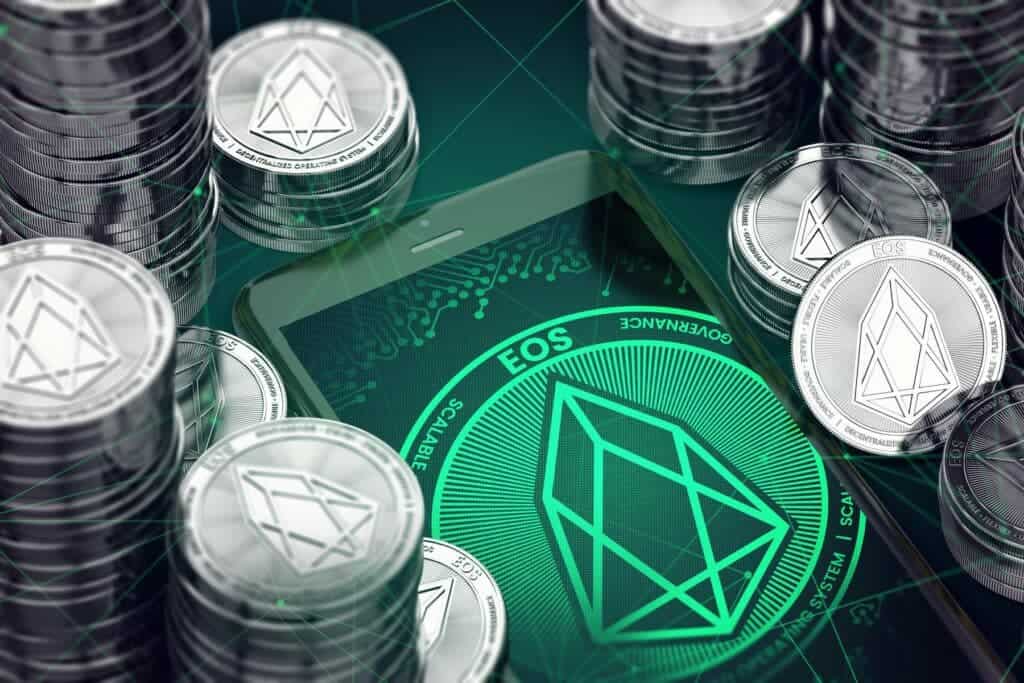
The EOS blockchain, after years of stagnation, is set for a significant comeback in 2024, according to recent research by Messari. The network, which began its reinvention at the end of 2023, has already demonstrated notable revenue growth by the close of Q1. The drive signals that EOS is striving to reclaim its place in the spotlight amidst the current push for decentralized platforms.
EOS’s Transaction Volume as Revival Indicators
A notable pointer to EOS’s revival is the increase in transaction volume and the fees associated with shared RAM resources. Although the network’s annual earnings are still modest at around $1 million, the uptick in activity is a promising sign after a prolonged period of inactivity.
Originally launched in 2017 after a lengthy period of token auction, EOS amassed a substantial treasury in ETH tokens. Despite this, the network struggled to find impactful projects and real-world applications.
Now, the platform is set for a total overhaul in the summer which could change that trajectory. EOS’s total token supply will expand to 2.1 billion. These new tokens will be distributed primarily to block producers and utilized within the RAM market, a distinguishing feature of the EOS network.
In 2024, RAM prices surged tenfold, indicating increased usage and possibly speculative trading. This RAM market is emerging as a crucial value driver for EOS.
Part of the upgrade to the network is an enhancement of its infrastructure by increasing the number of block producers and speeding up transaction finalization times. Unlike other networks, EOS transactions have a grace period for error correction before becoming permanent.
Upgrades and Consensus Mechanisms
The upcoming Savanna consensus update, scheduled for launch on the mainnet on July 31, will mark a major breakthrough. This upgrade, already in testing, promises to introduce new mechanisms for transferring and burning RAM tokens, further refining the network’s operations. The update aims to make EOS more attractive for decentralized app development, thereby enhancing its usability.
A particularly exciting development is the integration of a new DeFi tool leveraging Bitcoin representation on the EOS blockchain. The ExSats project, which debuted in May will create a docking layer to connect Bitcoin with other networks. This Layer 2 scaling solution for Bitcoin is to help facilitate interaction with other blockchains and the Ethereum ecosystem. ExSats will join the ranks of initiatives like RGB technology, Ordinals, and Runes, all striving to bring DeFi capabilities to Bitcoin.
However, ExSats imposes a high entry barrier, requiring each validator to stake at least 100 BTC, ensuring robust security and commitment.
As reported in an earlier Crypto News Flash report, EOS was once number one in China and a top-10 cryptocurrency by market cap. However, EOS has now fallen to the 86th position. Despite these advancements, EOS’s market performance has yet to reflect its increased utility. Currently trading at $0.80, the token remains in a narrow trading range and is down 1.59% in 24 hours.
